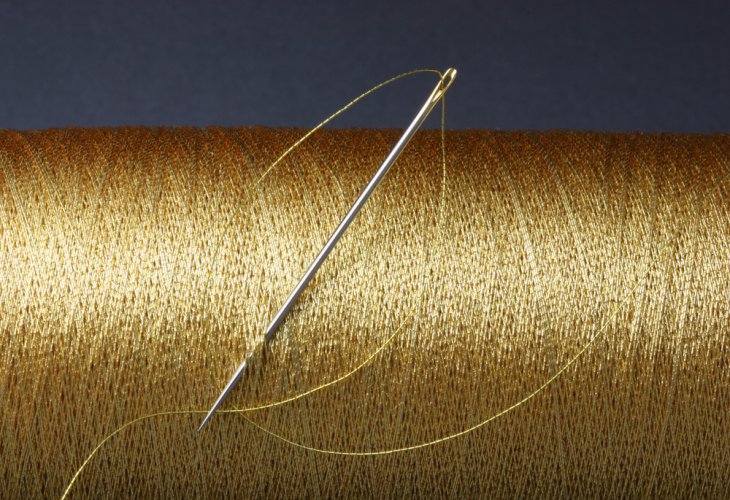The Art of Crafting Gold Threads: Ancient Techniques Unveiled
The Torah mentions woven gold threads along with hammered gold. How were these threads created?
 (Photo: shutterstock)
(Photo: shutterstock)In the construction of the Tabernacle, the Torah frequently references "hammered gold." What exactly does this mean? In addition to hammered gold, the Torah also mentions gold threads: "And they made the ephod of gold, blue, purple, and scarlet yarns, and fine twined linen. And they hammered the gold into sheets and cut it into threads". How are threads made from gold?
Ramban explains why the Torah details this process: "And they hammered the sheets of gold – the sacred work does not typically detail the artistry involved, except here. Normally, it would state 'And they made the ephod gold, blue' etc., as is typical elsewhere. It suggests they innovated in the gold threads because it was astonishing to them that gold could be spun and twisted like wool or linen, for it had not been heard until that day."
This was an extraordinary craftsmanship, unheard of until that time, to make threads from gold.
Oren Said describes the process of hammering gold. Most metals can be hammered. The ability to hammer is a characteristic that defines metals, indicating the possibility of transforming a mass into a very thin sheet without breaking. Metals can be hammered into thin sheets, and the most malleable metal is gold. Gold can be hammered to a thickness of a millionth of a centimeter. From one gram of gold, you can create a thin sheet with an area of about 1 square meter! Gold can also be drawn out – one gram can be stretched into a thread 3,240 meters long!
Gold hammering began thousands of years ago in Egypt. They used to hammer pieces of gold with a round stone to create the thinnest possible leaf, in order to cover surfaces with gold for artistic beauty or to protect the object being covered.
In Egyptian tombs from 2500 BCE, there are paintings of artisans hammering gold using a round stone. Many objects covered with gold by the Egyptians have survived to this day. For example, the sarcophagus of Henutmehyt (Henutmehit) – an ancient Egyptian priestess (1250 BCE) – is gold-plated on the inside and can be found in the British Museum. "Gold leaves" prepared for use were found among the treasures in the tomb of the Egyptian King Tutankhamun (14th century BCE) in the "Valley of the Kings" in Egypt and have been displayed in various exhibitions worldwide.
As knowledge on the subject grew, the thickness of "gold leaves" became thinner, so that during the 12th-13th Egyptian Dynasties, the thickness of "gold leaves" was 1 micron (= a thousandth of a millimeter), and in the 18th Dynasty, they reached a thickness of 0.3 microns.
Bezalel ben Uri took the art of hammering to the next level. He created gold threads, which were interwoven according to the command of Hashem within the threads of linen and sky-blue of the ephod. Several examples of fabrics woven with gold threads still exist in ancient Roman tombs. Gold cloth manufacturers from later periods include weavers from the Byzantine Empire and medieval Italy. The thickness of gold threads is less than a human hair!
Gold is the most noble and wonderful metal in the universe, dedicated to the glory of the Tabernacle and the Divine Presence.

